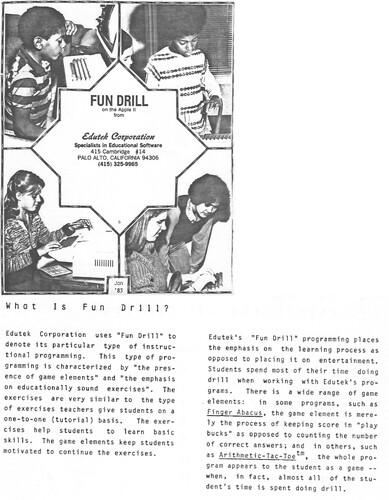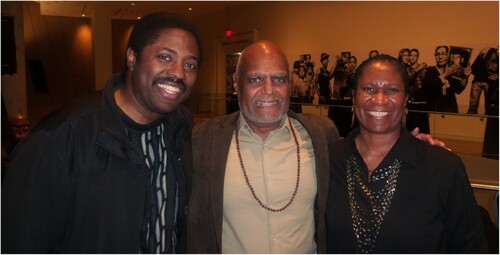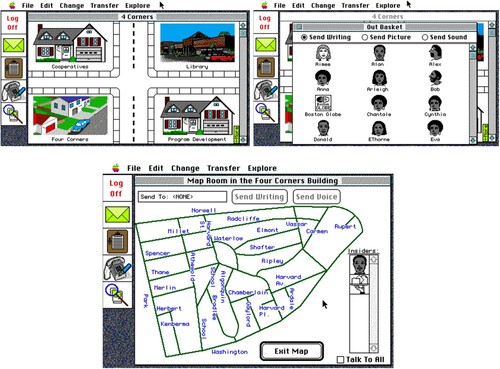Figures & data
Figure 1. Images from the 1983 Edutek Corporation catalog. The top image shows the front cover of the catalog, while the bottom image shows a snippet from inside the catalog that describes the “Fun Drill” philosophy that underpins the collection of educational games described in their catalog. Images courtesy of Dr. Weusijana.

Figure 2. Dr. Muata Weusi-Puryear in 2014 (left) and his son Dr. Baba Kofi Weusijana in 2017 (right). Photos courtesy of Dr. Weusijana.

Figure 3. Dr. Roulette William Smith in 2021. Photo courtesy of Dr. Smith.

Figure 4. Images depicting the Flagway game, reproduced from the patent (Moses, Moses, and Moses Citation1998). The FLAGWAY™ lattice is depicted in (a) and its use in the classroom is depicted in (b) where it “is placed on the floor of the classroom … and duplicates of which are distributed to students as worksheets” (Moses, Moses, and Moses Citation1998).

Figure 5. Dr. Alan Shaw (left), Bob Moses (center), and Michelle Shaw (right) in 2016. Photo courtesy of Dr. Shaw.

Figure 6. Images of the MUSIC interface. Reproduced with permission from http://alumni.media.mit.edu/~acs/interface.html.

